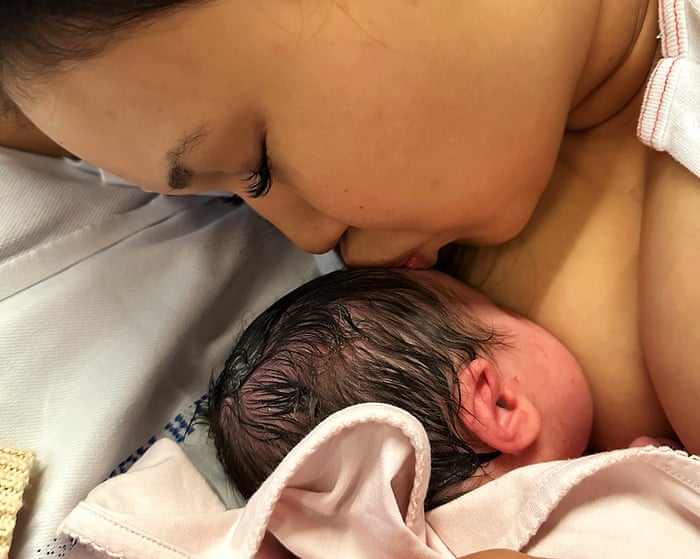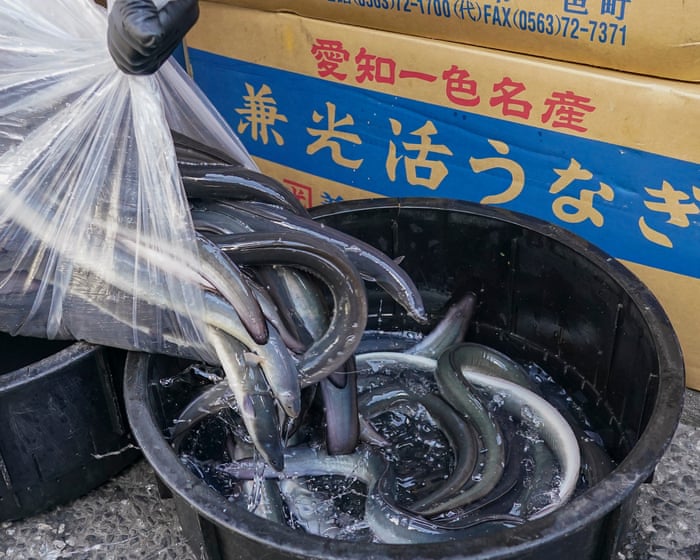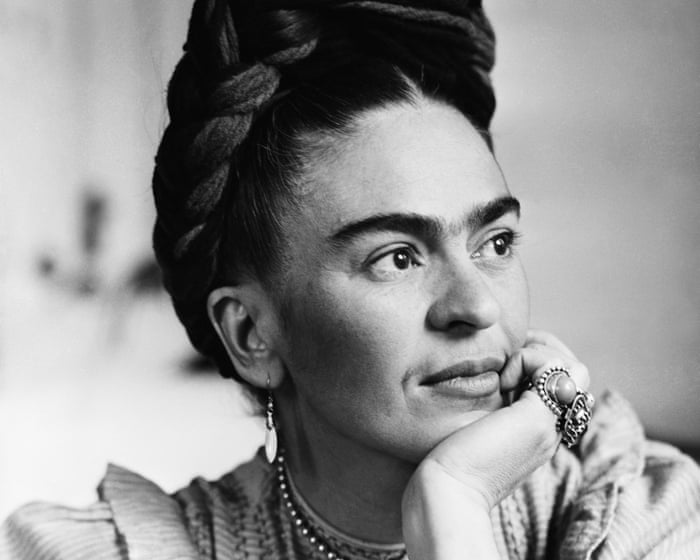A Greenlandic mother had her one-hour-old baby taken away by Danish authorities after she was subjected to “parenting competence” tests, despite a new law that bans the use of these controversial assessments on people of Greenlandic heritage.
Ivana Nikoline Brønlund, who was born in Nuuk to Greenlandic parents and has played for Greenland’s handball team, gave birth to her daughter, Aviaja-Luuna, on August 11 at a hospital in Hvidovre, near Copenhagen, where she lives with her family. Just an hour later, the local municipality placed the newborn in foster care. Brønlund, 18, says she has only seen her daughter once since then—for a single hour—and was not allowed to comfort the baby or change her diaper.
The “parenting competence” tests, known as FKU, were banned for people with Greenlandic backgrounds earlier this year after years of criticism from activists and human rights groups. They successfully argued that the tests were racist and culturally inappropriate for people of Inuit descent. Since the law took effect in May, campaigners are questioning why Brønlund was still made to undergo the assessment.
Danish Social Affairs Minister Sophie Hæstorp Andersen said she was concerned by the reports and has asked Høje-Taastrup, the municipality responsible for the decision, to explain its handling of the case. “Standardized tests should not be used in placement cases involving families with a Greenlandic background. The law is clear,” she stated.
Brønlund’s case has sparked protests in Greenland, with further demonstrations planned in Nuuk, Copenhagen, Reykjavík, and Belfast.
Brønlund was told her baby was removed due to trauma she had suffered from her adoptive father, who is in prison for sexually abusing her. The municipality claimed she was “not Greenlandic enough” for the new law to apply, despite her being born in Greenland to Greenlandic parents.
Local authorities began testing her in April—after the ban was announced in January—and completed the tests in June, by which time the law was already in effect. Brønlund was informed three weeks before giving birth that her child would be taken away.
The municipality declined to comment, citing confidentiality, but admitted to flaws in its procedures. It said it is working to meet the family’s legal needs and find “the best possible solution” for them.
Brønlund told the Guardian, “I didn’t want to go into labor because I knew what would happen afterward. I would keep my baby close when she was in my stomach—that was the closest I could be with her. It was a very rough and horrible time.”
She described her first supervised visit with her daughter earlier this week, which was cut short because the baby was thought to be overtired and overstimulated. “My heart broke when they stopped the time. I was so sad—I cried out to the car and in the car. It was so fast that we had to leave,” she said tearfully. “My heart is so broken; I don’t know what to do without her.”
Brønlund is allowed to see her baby under supervision only once every two weeks, for two hours at a time. Her appeal will be heard on September 16.
Her adoptive mother, Gitte, who is half-Greenlandic and lived in Greenland until age 37, said, “It feels like you’re not allowed to have trauma if you’re going to be a mom.”
Activists are urging the Danish government to take urgent action to help Brønlund. Dida Pipaluk Jensen, who is helping organize a protest outside the Danish embassy in Reykjavík on September 18, called the use of these tests on Greenlandic people “horrifying.” Campaigners have already held demonstrations in response.In support of another Greenlandic mother, Keira Alexandra Kronvold, whose case drew international attention after Danish authorities took her daughter Zammi away just two hours after birth. They remain separated.
Regarding Brønlund’s situation, Pipaluk Jensen said: “One reason the municipality gave for removing her daughter was past trauma in Ivana’s life. It feels deeply unjust to punish Ivana for something she isn’t responsible for.”
Laila Bertelsen, founder of Foreningen MAPI—an organization that supports Inuit parents in Denmark—has written to the minister urging intervention. She stated: “This represents a failure to protect both the child and the mother, and it demands immediate political action.”
Hæstorp Andersen, who is scheduled to visit Greenland in September, said that any municipality considering placing a Greenlandic child in care, or using FKU tests on Greenlandic families, “must instead consult a specialized unit called VISO.”
Anya Krogh Manghezi, director of children and youth at Høje-Taastrup municipality, commented: “In light of this case and the criticism received, we have reviewed our procedures. We believe we acted responsibly by contacting VISO back in January, but we recognize that we should have followed up, especially since the legal basis was only finalized three months after April 29, 2025.
We are now in close discussions with VISO to seek updated guidance as quickly as possible. Our only goal is to ensure the family’s legal rights are upheld and that the best possible outcome is reached for them.”
Frequently Asked Questions
Of course Here is a list of FAQs about the topic designed to be clear and helpful
General Beginner Questions
Q What exactly happened in Greenland
A A newborn baby was taken from its Indigenous Greenlandic mother by Danish social authorities shortly after birth This was based on an assessment that she might not be able to provide adequate care sparking widespread protests
Q Why are people protesting
A People are protesting because they see the removal as a harsh culturally insensitive action that echoes a painful colonial past They believe the mother should have been given support not had her child taken immediately
Q Who took the baby
A The Danish child protection services known as Socialforvaltningen are responsible for the decision and the removal of the child
Q Is this a common practice
A While child protection services exist everywhere the immediate removal of a newborn based on a risk assessment rather than after proven neglect is a severe measure that is not common and is why it has caused such an uproar
Deeper Advanced Questions
Q What is the historical context behind these protests
A In the mid20th century the Danish government had a policy of forcibly assimilating Greenlandic children Selected children were taken from their families to be educated in Denmark often with tragic results This event has triggered memories of that trauma making it a highly sensitive issue
Q What is the legal basis for taking a child like this
A Danish and Greenlandic law allows child protection services to intervene if a child is deemed to be at imminent risk of harm The controversy lies in the interpretation of what constitutes imminent risk for a newborn and whether cultural bias influenced the assessment
Q Could this happen in other countries
A Yes similar cases occur in many countries where child welfare services have the power to remove children from homes deemed unsafe The specific context of colonialism and Indigenous rights makes the Greenland case unique but debates over the power of the state versus family rights are universal
Q What are the potential cultural biases in such assessments




